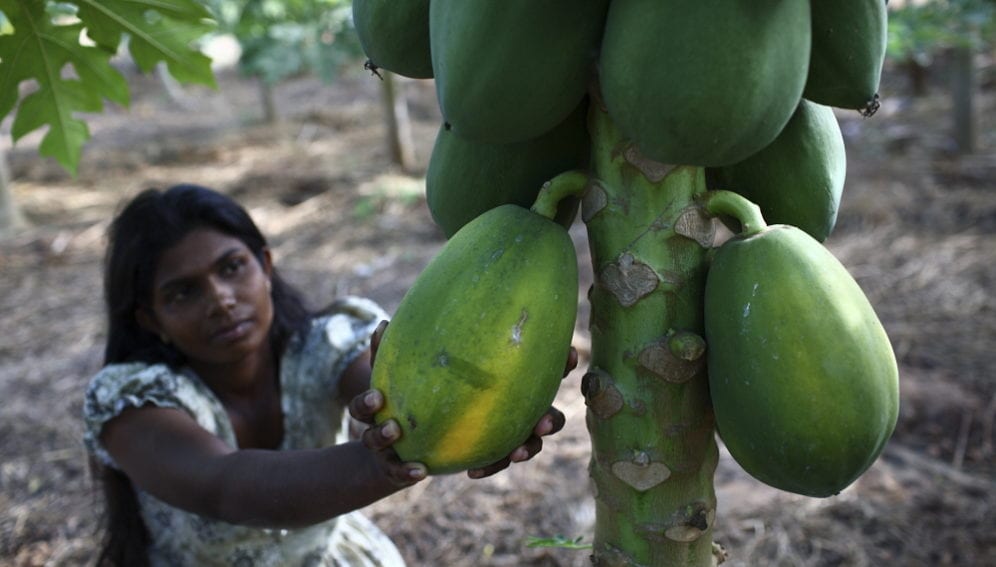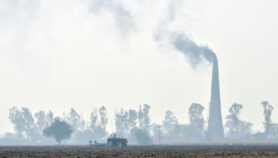By: Brendon Lee
Send to a friend
The details you provide on this page will not be used to send unsolicited email, and will not be sold to a 3rd party. See privacy policy.
[KUALA LUMPUR] Scientists in Malaysia have discovered a green method to combat post-harvest disease in papaya fruit, offering farmers a healthier and cheaper alternative to fungicides.
Using leaf extracts from Allamanda plants, scientists from Putra University Malaysia (UPM) successfully identified components that can reduce the occurrence of dark spots and sunken necrotic tissues in papayas.
The Allamanda genus from the Apocynaceae family is commonly found throughout the year in tropical settings such as Malaysia. They are commonly used as ornamental plants particularly those that produce colourful yellow flowers. However, its leaves and roots are traditionally used to treat malaria and jaundice and have demonstrated antifungal and anticancer properties.
Using the poison agar technique, the UPM scientists identified five varieties of the Allamanda plant with the most potential as antifungal agents. The leaves were first dried and blended into fine powder. The powdered form was then extracted and formulated, turning it into a liquid formula via nano-emulsion. Fruits could be dipped in the liquid or sprayed to make them resistant to fungus attacks.
“Few farmers in developing countries can afford to purchase expensive chemicals. Biocontrol agents are economically cheaper and suitable for small-scale farmers by offering an attractive alternative to overcome (plant) problems.”
By Kamaruzaman Sijam of UPM
Ringspots or Anthracnose is a disease commonly found on ripe fruits such as papayas, mangoes and tomatoes. It is caused by the spores of the Colletotrichum gloeosporioides fungus, which are dispersed airborne by wind or insect transmission. The disease normally occurs 2-3 days after harvest and can reduce yield by up to 80 per cent if left untreated.
Currently, fungicides are applied either before or after harvest to reduce the chances of infection. But public concern about the toxic effects of fungicides has restricted its usage.
“Since the formula we have developed is a plant-derived product, it is not toxic to humans and the environment. It also helps maintain the freshness of the fruits and delay the ripening process without affecting fruit sweetness or quality,” explains lead researcher Kamaruzaman Sijam from UPM’s plant protection department of the faculty of agriculture.
He says the Allamanda extract is economically efficient for farmers in developing countries and can be used for other fruits such as bananas and mangoes.
“Few farmers in developing countries can afford to purchase expensive chemicals. Biocontrol agents are economically cheaper and suitable for small-scale farmers by offering an attractive alternative to overcome (plant) problems,” says Kamaruzaman. According to the scientists at UPM, the next step is to manufacture the Allamanda formula on an industrial scale and to work with local entrepreneurs to market and distribute the product to farmers.
This article has been produced by SciDev.Net's South-East Asia & Pacific desk.














